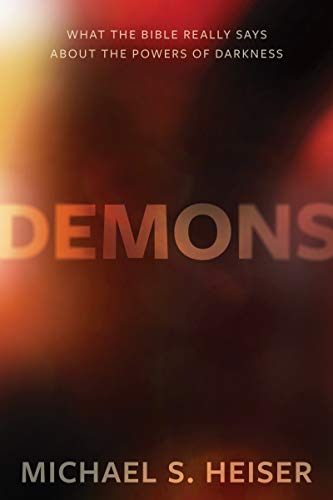BEN: Let’s talk a bit about the 3 key OT texts about the Nefarious One, the Great Deceiver— Gen. 3, Isa. 14, Ezek. 28. While I am all for comparing these, I don’t think they should just be mushed together. More to the point, I think that the latter two texts are further developing what is at best implicit in Gen. 3, in various ways. I think the traditions in Gen. 1-11 are in various places quite primitive, and do not reflect the later situation during the monarchy or the exile. Indeed, I’m not opposed to the idea that some of these pre-patriarchal stories go back to Moses and before him, in light of the other ANE stories about creation and flood. My point is this— the understanding of angels or supernatural beings good or bad is further developed in those later texts? Would you disagree???
MICHAEL: A full response here would have to get into my suspicion that Gen 1-11 is either written during the exile or heavily edited at that time (due to the numerous touch points with Babylonian religion, some quite specific with respect to texts). That of course would be Ezekiel’s time. Some have argued Isaiah 14 should also be there due to the fact that the king of Babylon in the 8th century BC was a nobody – there was no Babylonian empire – as opposed to much later. One could argue (and I have) for Canaanite motifs in Isaiah 14 being in play (e.g., the “above the stars of El” line), but the truth is you can find good parallels to that and other elements in Babylonian Elil material. I’m saving that stuff for “more Unseen Realm” content in book form. But setting all that aside, I think all three passages are related by virtue of a supernatural rebellion story / event. The idea of a divine council member gone bad is very old – in the case of either Babylon or Canaanite material. The latter would be more recent, but that would pre-date Isaiah by centuries even if we go with an 8th century BC Isaiah. So I don’t think the idea of rebellion in council must be late. Incidentally, I’m going to steal “Nefarious One”; love that!













